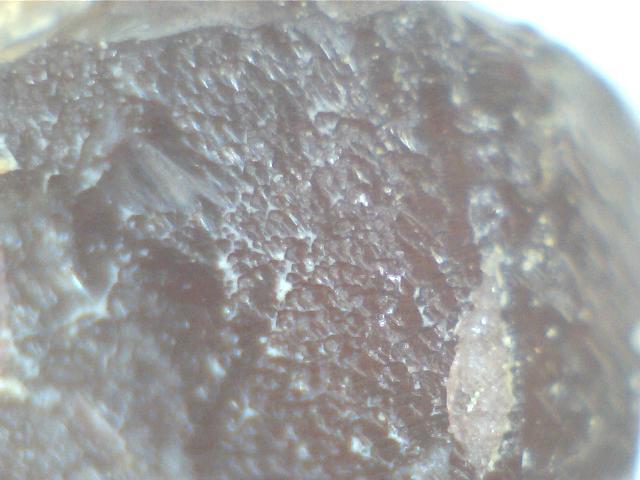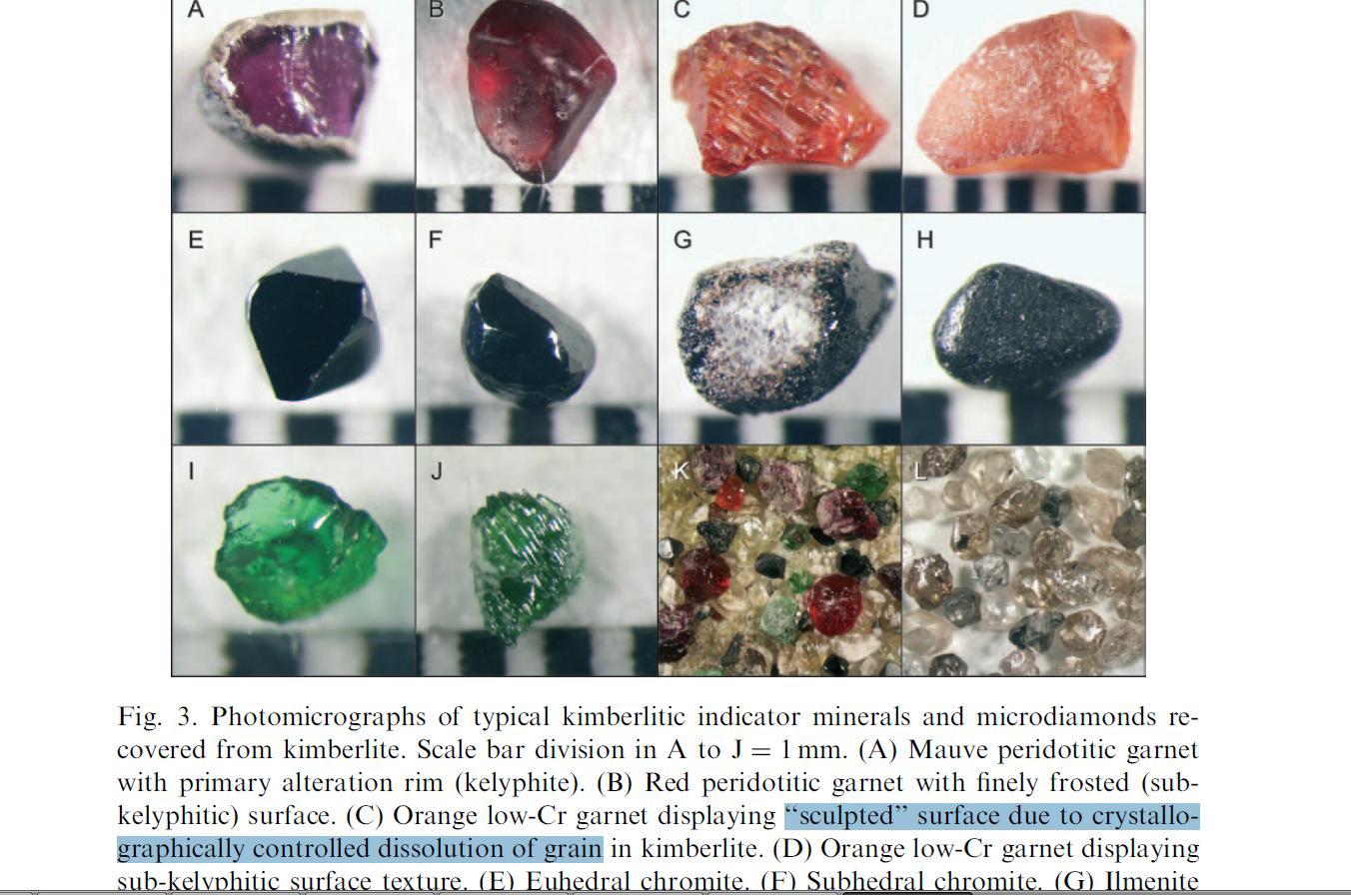Home PageAbout MindatThe Mindat ManualHistory of MindatCopyright StatusWho We AreContact UsAdvertise on Mindat
Donate to MindatCorporate SponsorshipSponsor a PageSponsored PagesMindat AdvertisersAdvertise on Mindat
Learning CenterWhat is a mineral?The most common minerals on earthInformation for EducatorsMindat ArticlesThe ElementsThe Rock H. Currier Digital LibraryGeologic Time
Minerals by PropertiesMinerals by ChemistryAdvanced Locality SearchRandom MineralRandom LocalitySearch by minIDLocalities Near MeSearch ArticlesSearch GlossaryMore Search Options
The Mindat ManualAdd a New PhotoRate PhotosLocality Edit ReportCoordinate Completion ReportAdd Glossary Item
Mining CompaniesStatisticsUsersMineral MuseumsClubs & OrganizationsMineral Shows & EventsThe Mindat DirectoryDevice SettingsThe Mineral Quiz
Photo SearchPhoto GalleriesSearch by ColorNew Photos TodayNew Photos YesterdayMembers' Photo GalleriesPast Photo of the Day GalleryPhotography
╳Discussions
💬 Home🔎 Search📅 LatestGroups
EducationOpen discussion area.Fakes & FraudsOpen discussion area.Field CollectingOpen discussion area.FossilsOpen discussion area.Gems and GemologyOpen discussion area.GeneralOpen discussion area.How to ContributeOpen discussion area.Identity HelpOpen discussion area.Improving Mindat.orgOpen discussion area.LocalitiesOpen discussion area.Lost and Stolen SpecimensOpen discussion area.MarketplaceOpen discussion area.MeteoritesOpen discussion area.Mindat ProductsOpen discussion area.Mineral ExchangesOpen discussion area.Mineral PhotographyOpen discussion area.Mineral ShowsOpen discussion area.Mineralogical ClassificationOpen discussion area.Mineralogy CourseOpen discussion area.MineralsOpen discussion area.Minerals and MuseumsOpen discussion area.PhotosOpen discussion area.Techniques for CollectorsOpen discussion area.The Rock H. Currier Digital LibraryOpen discussion area.UV MineralsOpen discussion area.Recent Images in Discussions
EducationEpitaxial Overgrowth

19th Aug 2014 20:21 UTCOlivier L.
and Crystallographically Controlled Dissolution
Like on the garnet pictured here for example
19th Aug 2014 20:36 UTCReiner Mielke Expert

19th Aug 2014 20:57 UTCOlivier L.
-------------------------------------------------------
> An epitaxial overgrowth is not a textural feature
> so texture is not the basis on which the
> distinction can be made.
Please enlighten me! Tell me more :-)

19th Aug 2014 21:57 UTCAlfredo Petrov Manager

19th Aug 2014 23:19 UTCRick Dalrymple Expert
Does it have to be two different species? I thought, for example, a quartz crystal with multiple terminations would be called epitaxial. At least that is what I learned in college--a long, long time ago, in a galaxy far, far away:-)

20th Aug 2014 00:18 UTCOlivier L.
of the garnet in kimberlitic magma because I read about it in the publication cited below.
DIAMONDS AND ASSOCIATED HEAVY MINERALS IN
KIMBERLITE: A REVIEW OF KEY CONCEPTS AND APPLICATIONS
TOM E. NOWICKIa, RORY O. MOOREa, JOHN J. GURNEY
AND MIKE C. BAUMGARTNERa

20th Aug 2014 16:20 UTCAlfred L. Ostrander
Epitaxy involves a mineral forming on another mineral aligning itself to crystallographic similarities of the original. The big boys of crystallography (mineralogy) say epitaxy has to involve two different minerals. In nanotechnology, if a single layer of a mineral is layed down on a single layer of the same mineral it is homoepitaxy. John Sampson White proposed homoepitaxy be used when later crystals of a different crystallographic form are found aligned with the original crystallography. I believe he published this in Rocks and Minerals as the result of a discussion on the Friends of Mineralogy Forum.
I am not sure how you interpreted what you read in the article you brought up as I haven't read it myself. However, I think the comments made by here by all contributors are on the right track. Any questions or comments might help us sort out what you are getting at.
Best Regards,
Al O
20th Aug 2014 17:15 UTCReiner Mielke Expert
I consider the example of quartz you gave parallel growth since the orientation of the crystal structure of the multiple terminations is the same as the main crystal. As far as the term homoepitaxy goes where do you draw the line? How different in form does it have to be to qualify? According to that definition a phantom could be homoepitaxial if the underlying crystal had different modifications than the outer layer. I would be more supportive of such a term if the new growth had a different crystallographic orientation but wouldn't that then just be a twin?:-S
Hello Olivier,
Like Alfred says etching involves the removal of material whereas epitaxial growth involves the addition of material. Epitaxial growth always results in new crystals ( with faces) that stick out from the underlying crystal. Etching on the other hand may produce faces but these are set back into the crystal. If the etching is extreme you may have a situation in which the original crystal faces are no longer evident but then the result is a structure with very few crystal faces unlike an epitaxial situation in which all the crystals have faces.

20th Aug 2014 17:28 UTCRick Dalrymple Expert
Here is an example I called epitaxial and something you would call homoepitaxail.
ON this specimen, the main quartz crystal is difficult to see as it is broken on the back. The epitaxial quartz crystals are different in that they are smoky amethyst and the main crystal is white (without smoky or amethyst colors).
When I was in college a long time ago there was no distinction made for epitaxial having two or more species. It was used to describe two or more species as Alfredo said above but it was also used to describe multiple terminations on the same end of a crystal.
I hope I have not been using this term incorrectly all these years:-(
20th Aug 2014 17:52 UTCReiner Mielke Expert
My understanding is that epitaxial overgrowth involves two different species.
20th Aug 2014 17:53 UTCEverett Harrington Expert
I have calcite specimens from KY that show epitaxial growth. There is a brown calcite scalenohedral substrate with rhombs of clear calcite orientated to the growth of the scalenohedral crystals on the very tips of the crystals. If anybody is going to be at the fall Detroit show in Oct I can show you some of them :) Or homoepitaxail since it is the same mineral I guess....
thanks
E
20th Aug 2014 17:57 UTCReiner Mielke Expert
20th Aug 2014 18:23 UTCRob Woodside 🌟 Manager

20th Aug 2014 18:41 UTCRick Dalrymple Expert
If that is the accepted definition I will be glad to go back and edit some of my photos to reflect that.
Thanks
Rick
20th Aug 2014 19:10 UTCRob Woodside 🌟 Manager
20th Aug 2014 19:36 UTCVolker Betz 🌟 Expert
Acta Cryst. (1977). A33, 681-684
K. Epitaxy is the phenomenon of mutual orientation of two
crystals of different species, with two-dimensional lattice
control (mesh in common), usually, though not necessarily,
resulting in an overgrowth. (Vote 7-0 in favor.)
Comment: Examples of epitactic overgrowths are NaNO3
on calcite, alkali halides on muscovite, bixbyite on topaz,
arsenolite on fluorite, boehmite on albite, Ni on periclase,
uraninite on columbite, etc.
Volker

22nd Aug 2014 16:57 UTCOlivier L.
source of my confusion. The author states that sculpted surfaces on Cr-Diopside
and Garnet are typical of crystallographically controlled dissolution of these grains
in Kimberlite
Being curious I've showed this and my sample's pictures to a friend who is very
knowledgeable and he told me it is a expitaxial overgrowth and that furthermore
he has never seen such features on kimberlite indicating minerals
I wanted a third opinion :-)
22nd Aug 2014 17:05 UTCRob Woodside 🌟 Manager

22nd Aug 2014 18:57 UTCAlfredo Petrov Manager

22nd Aug 2014 19:25 UTCFerdinando Giovine
http://www.mindat.org/photo-462574.html

22nd Aug 2014 19:33 UTCOlivier L.
-------------------------------------------------------
> Your book is right.:-) Your friend is wrong.:-(
Excellent!!!!!!!! But, is this feature really closely related to kimberlitic magma or
can this type of dissolution happen in other conditions as well? If so, could you
name one example that would be appreciated and will help me focus my readings
25th Aug 2014 18:22 UTCRob Woodside 🌟 Manager

25th Aug 2014 19:36 UTCJohannes Swarts
One of my favorite examples from Mont Ste-Hilaire - labuntsovite epitaxial on elpdidite...
photo-209225.html
Hans




Mindat.org is an outreach project of the Hudson Institute of Mineralogy, a 501(c)(3) not-for-profit organization.
Copyright © mindat.org and the Hudson Institute of Mineralogy 1993-2024, except where stated. Most political location boundaries are © OpenStreetMap contributors. Mindat.org relies on the contributions of thousands of members and supporters. Founded in 2000 by Jolyon Ralph.
Privacy Policy - Terms & Conditions - Contact Us / DMCA issues - Report a bug/vulnerability Current server date and time: April 25, 2024 15:17:28
Copyright © mindat.org and the Hudson Institute of Mineralogy 1993-2024, except where stated. Most political location boundaries are © OpenStreetMap contributors. Mindat.org relies on the contributions of thousands of members and supporters. Founded in 2000 by Jolyon Ralph.
Privacy Policy - Terms & Conditions - Contact Us / DMCA issues - Report a bug/vulnerability Current server date and time: April 25, 2024 15:17:28















